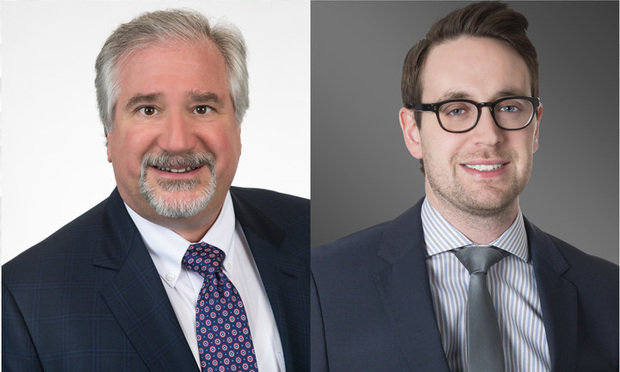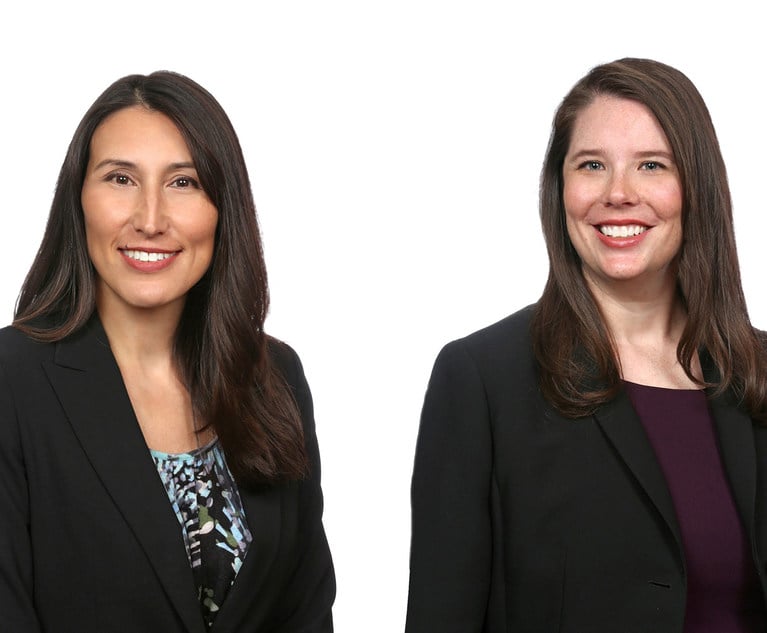Over the past four years, decisions by the Supreme Court and Federal Circuit, as interpreted by the U.S. Patent and Trademark Office, have had a dramatic effect on software-related inventions. These decisions have focused primarily on what comprises patentable subject matter under 35 U.S.C. § 101 and whether a patent’s specification adequately supports the claims. While uncertainty still exists, recent court decisions, coupled with sound prosecution strategies, can be used to bolster a practitioner’s arguments before the USPTO and courts.
In Alice v. CLS Bank (2014), the Supreme Court applied the now familiar “two-part test” first laid out in Mayo v. Prometheus (2012). Under this test, a claim is first analyzed to determine if it is “directed to” an abstract idea. If so, the claim is then analyzed to determine whether it recites “significantly more” than the identified abstract idea or just “routine and conventional” elements. This test was (and is) routinely applied to software claims, and the pendulum of patentability for software inventions post-Alice swung firmly towards ineligibility. Nearly all decisions by the Federal Circuit in the immediate aftermath of Alice found claims ineligible. Similarly, the USPTO’s allowance rate in software-related art units plummeted, and many allowed but not yet issued applications were withdrawn by the USPTO.


 James J. DeCarlo, shareholder (left) and George David Zalepa, associate, Greenberg Traurig. (Courtesy photo)
James J. DeCarlo, shareholder (left) and George David Zalepa, associate, Greenberg Traurig. (Courtesy photo)




